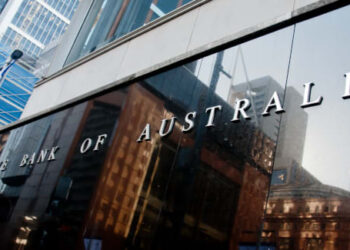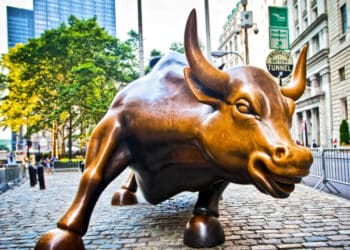House prices in Australia’s capital cities are set to fall by between 15 and 20 per cent over the next 18 months, according to new predictions released by NAB.
The bank said that Sydney and Melbourne would lead the declines with falls of 20 per cent expected in each city by the end of next year.
“The established housing market continued to soften through Q2, with price falls in Sydney and Melbourne accelerating and growth slowing across the other capitals,” said NAB group chief economist, Alan Oster.
“Both Sydney and Melbourne have seen the most significant run-ups in prices over the past decade as rates have trended lower and most likely face the most binding affordability constraints.”
NAB noted that the significant declines would not just be limited to Sydney and Melbourne, with house prices in the other capital cities set to move 15 to 17 per cent lower. Overall, it has predicted a peak-to-trough decline of around 18 per cent across all eight capital cities.
“In [a] historical context, this would be a very large fall in nominal terms, but is expected to occur alongside a relatively steep increase in interest rates and comes after a 25 per cent increase in prices through the pandemic alone,” said Mr Oster.
In 2022, the bank expects capital city prices to fall by a combined 3.7 per cent, including drops of 8.8 per cent in Sydney and 7.7 per cent in Melbourne. Some cities are expected to remain positive this year including Adelaide (9.0 per cent), Brisbane (7.4 per cent) and Perth (2.5 per cent).
However, all cities are then set to fall into decline in 2023, with the largest drops set to be witnessed in Hobart (-16.6 per cent), Adelaide (-16.3 per cent) and Brisbane (-16.2 per cent).
“We largely see the adjustment in prices coming through reduced borrowing power, which will bind more in the larger capitals that have larger affordability issues, but do not expect the decline to be disorderly, with no fundamental oversupply at present,” Mr Oster noted.
On the economic outlook, NAB has predicted that both headline and underlying inflation will keep moving higher, reaching a peak in the second half of this year but remaining well above the Reserve Bank’s (RBA) target band throughout next year.
“While many of the transitory factors that have been a significant boost to prices will fade, or even unwind, a tighter labour market and faster wage growth will eventually see domestic inflation pressure build,” predicted Mr Oster.
According to the bank, the RBA will continue to rapidly normalise rates with two 50-basis point (bp) hikes in July and August and a 25-bp hike in November, bringing the cash rate to 2.1 per cent by year’s end. Two more increases of 25 bps are then expected in 2023.







